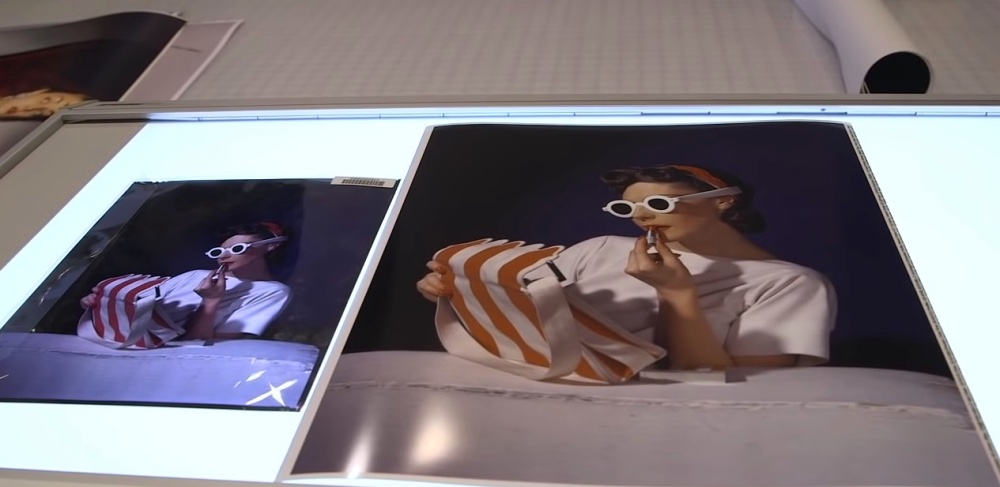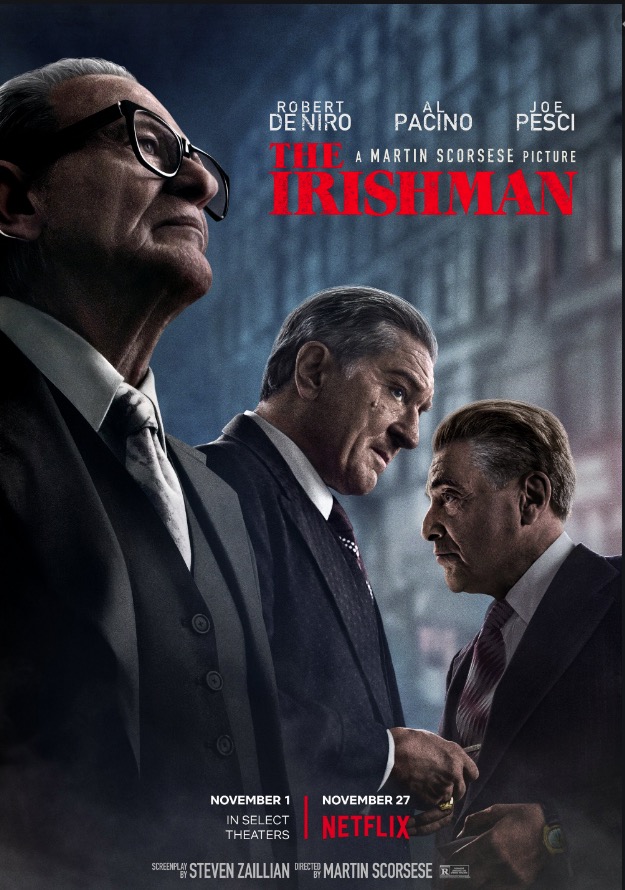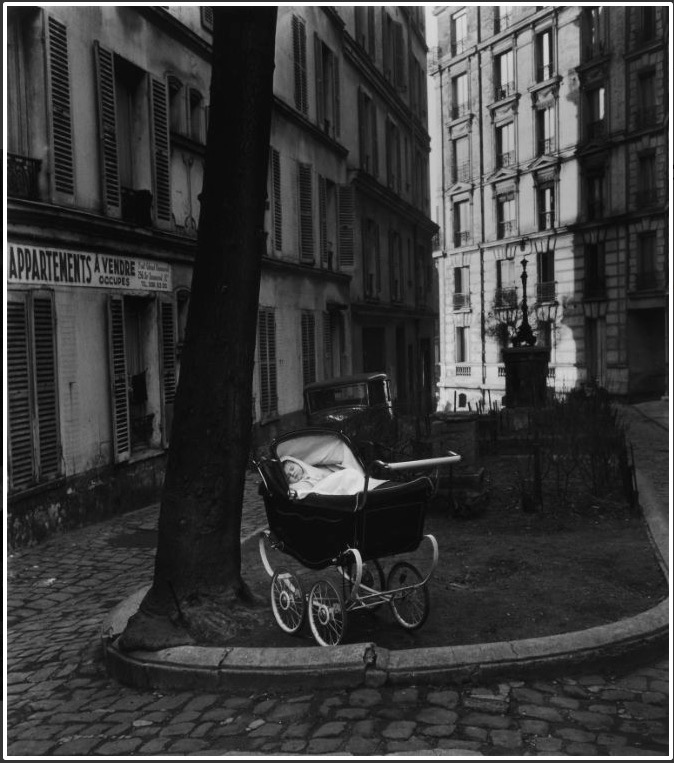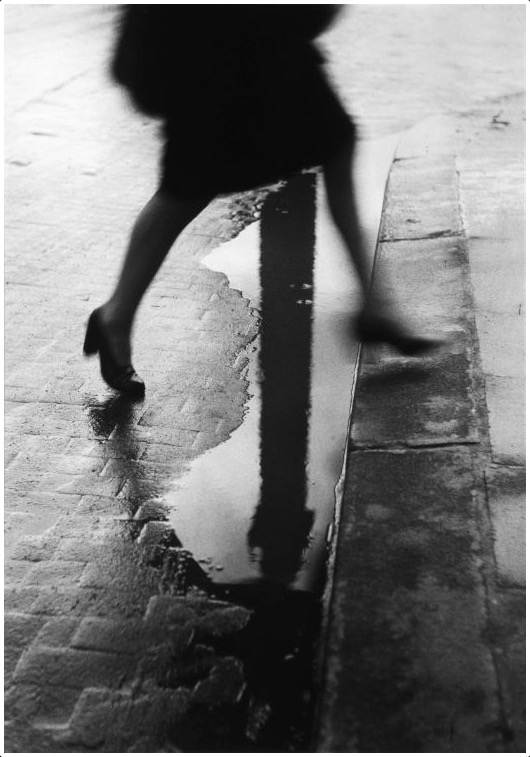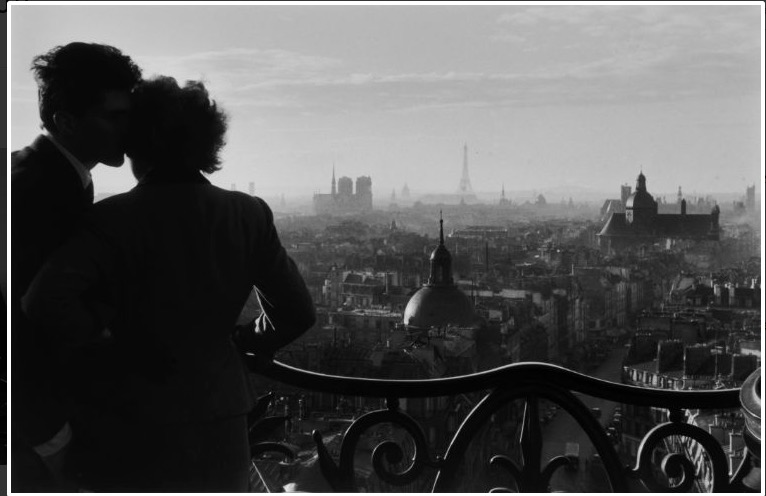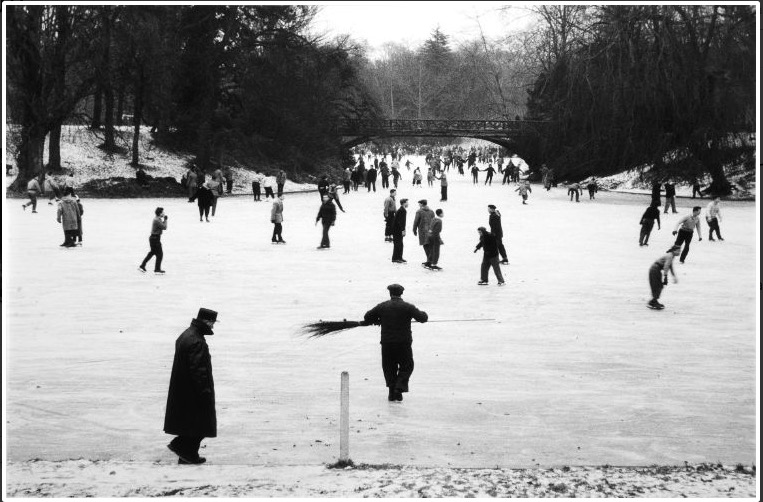Joe Pesci at his best.
Arthur Fellig, who went by the name Weegee, was a 1930 and 1940s New York street snapper who made his name with gruesome monochrome images of street murders, as often as not involving the mob. He installed a police band radio in his car, allowing him to listen in on the dispatcher and arrive first at the scene, scoring hundreds of scoops.
He was arguably the first freelance photographer, one to whom any latter day self respecting paparazzo owes his living. A larger than life – if small in stature – man like that would be a natural for a biopic, you would think, and indeed such a movie was made. It is called The Public Eye and stars one of the finest actors of his generation, Joe Pesci. Sadly, a confused plot along with poor editing and marketing made the movie a flop, but there’s lots for any photographer – and any Pesci fan – to enjoy.
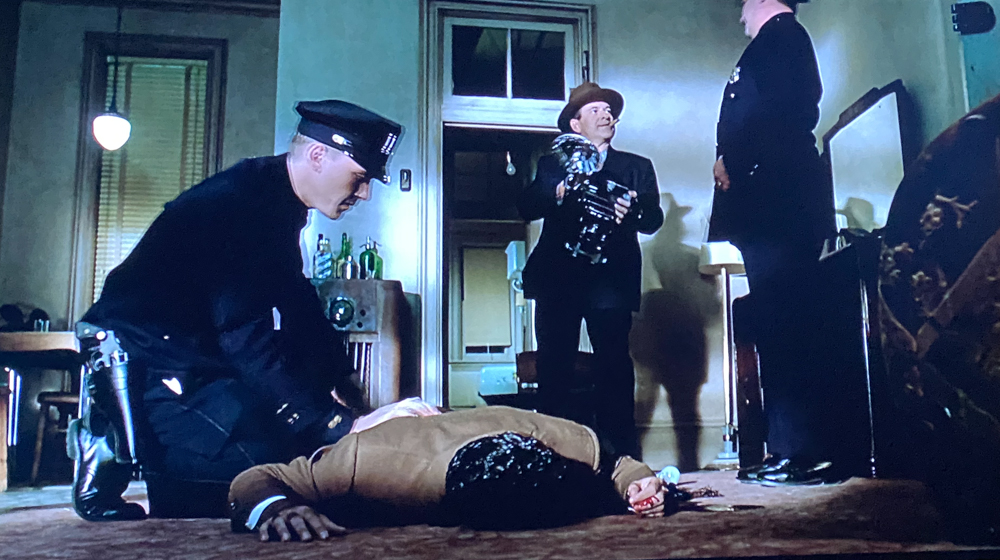
At one of many scoops.
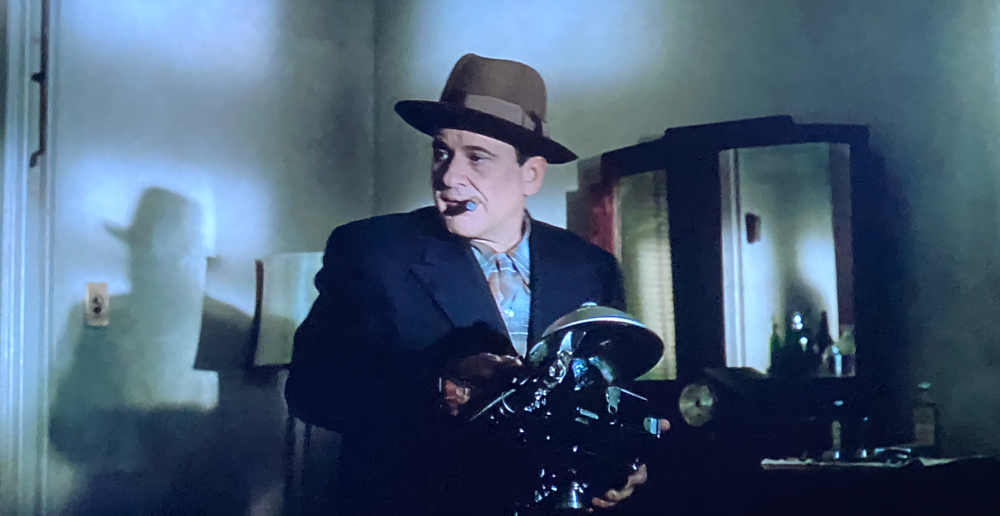
The 4 x 5 Speed Graphic he used was huge.
5 seconds between shots – flip the dark slide and film holder and pop in a new bulb.
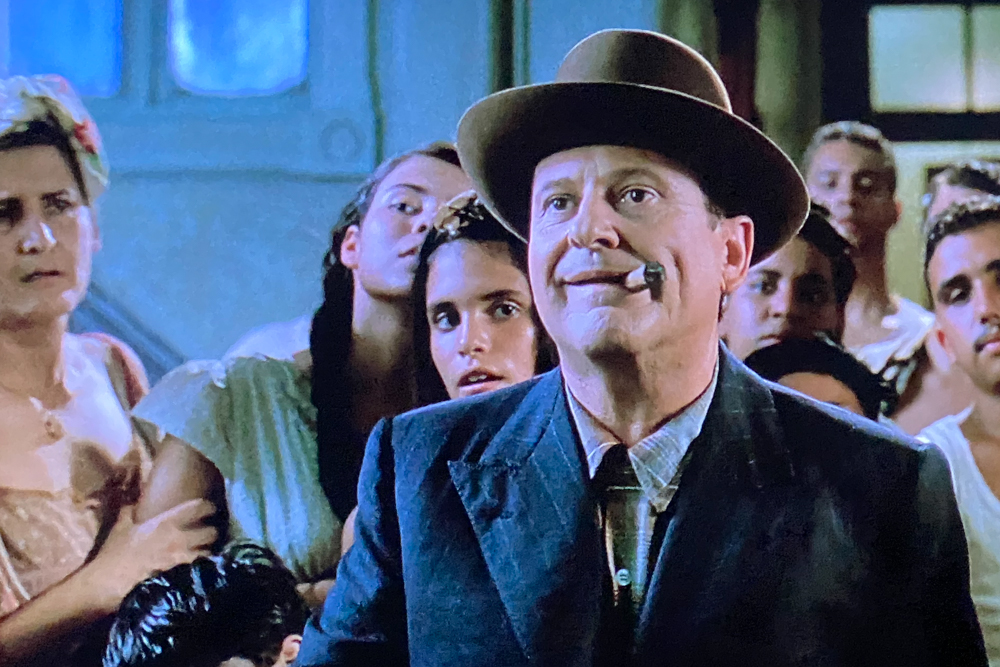
The oversize hat emphasizes Pesci’s diminutive stature.
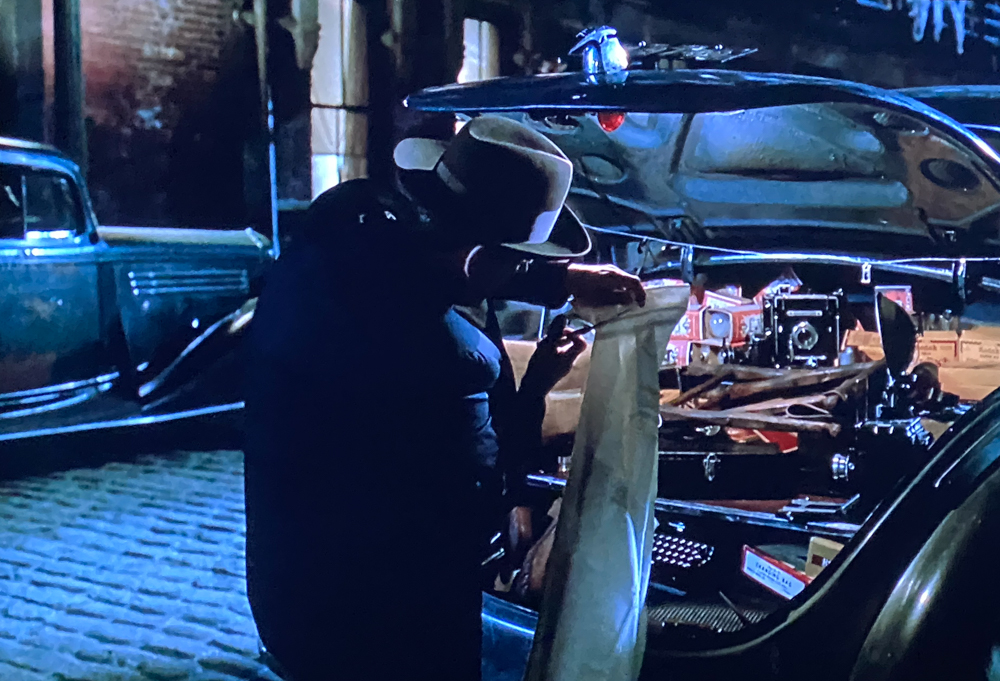
Just look at this attention to detail – Remington typewriter,
spare flash bulbs, Speed Graphic, you name it. Ford Deuce Coupe.
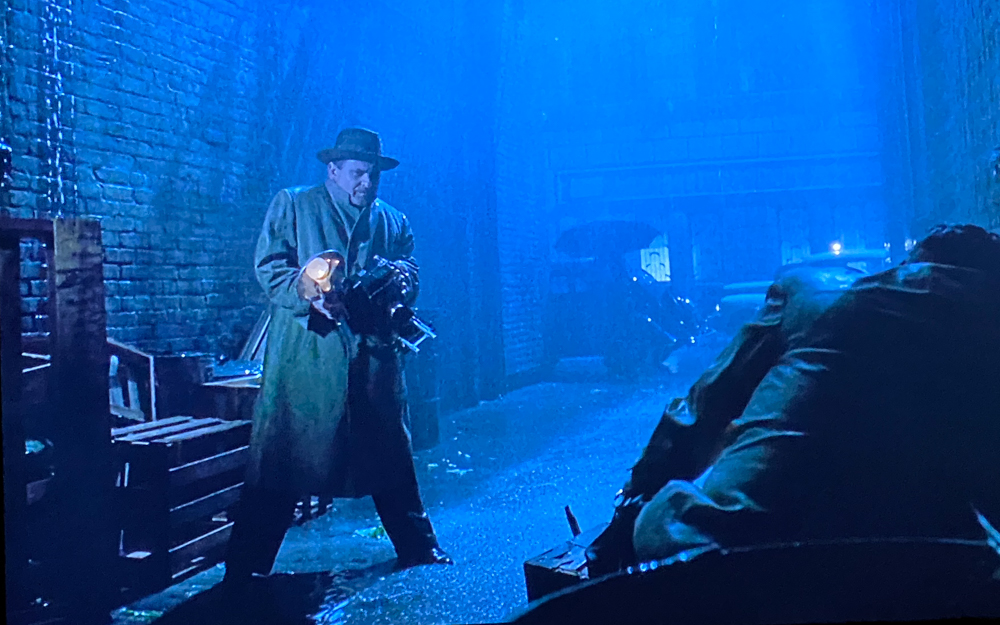
Integrity was not Weegee’s guiding force.
Here he sets up a shot of a dead bum in an alleyway.
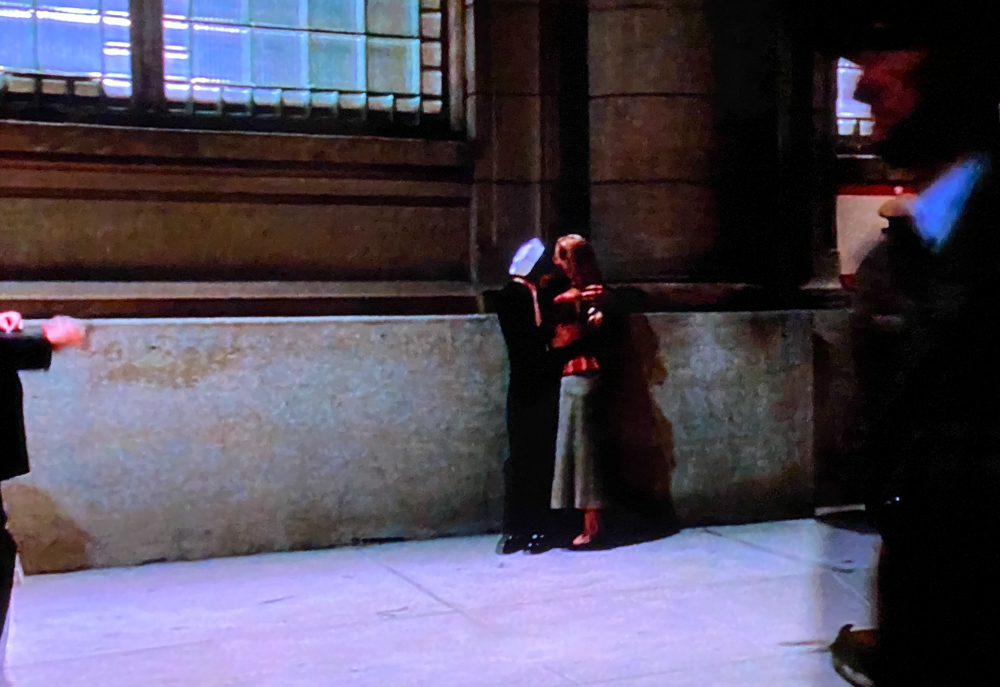
Noo Yawk at night – a magic moment.
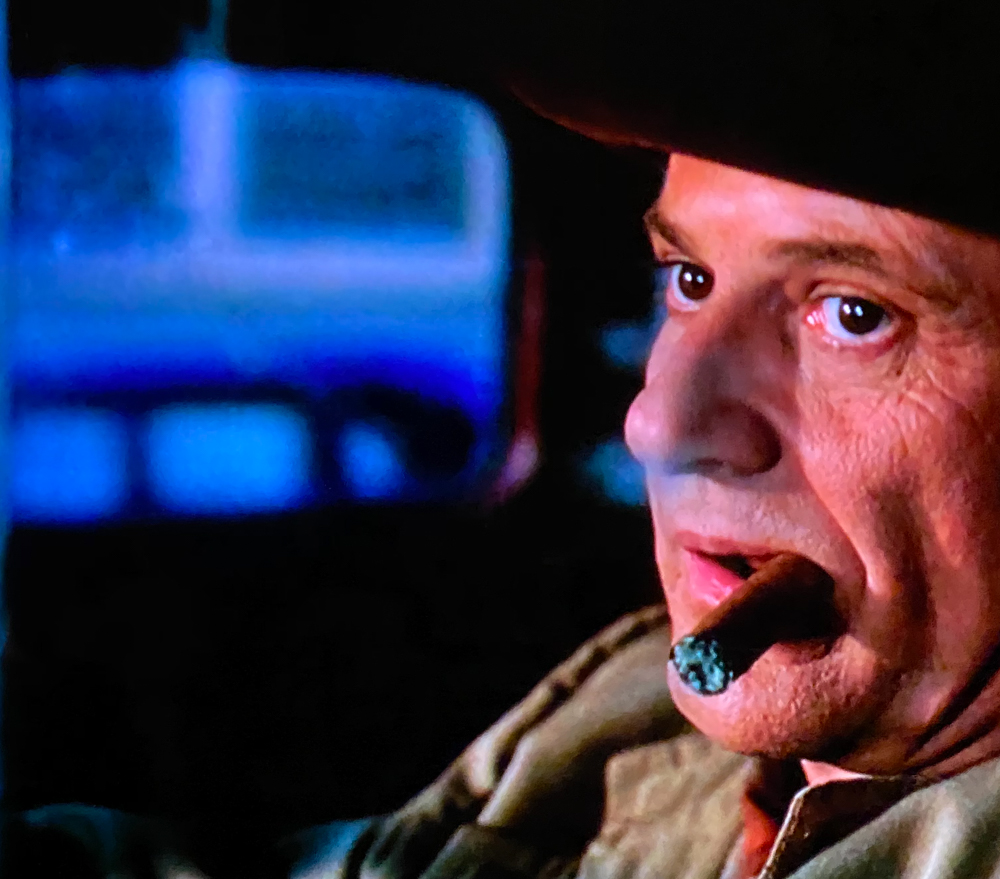
A much underused actor with great range.
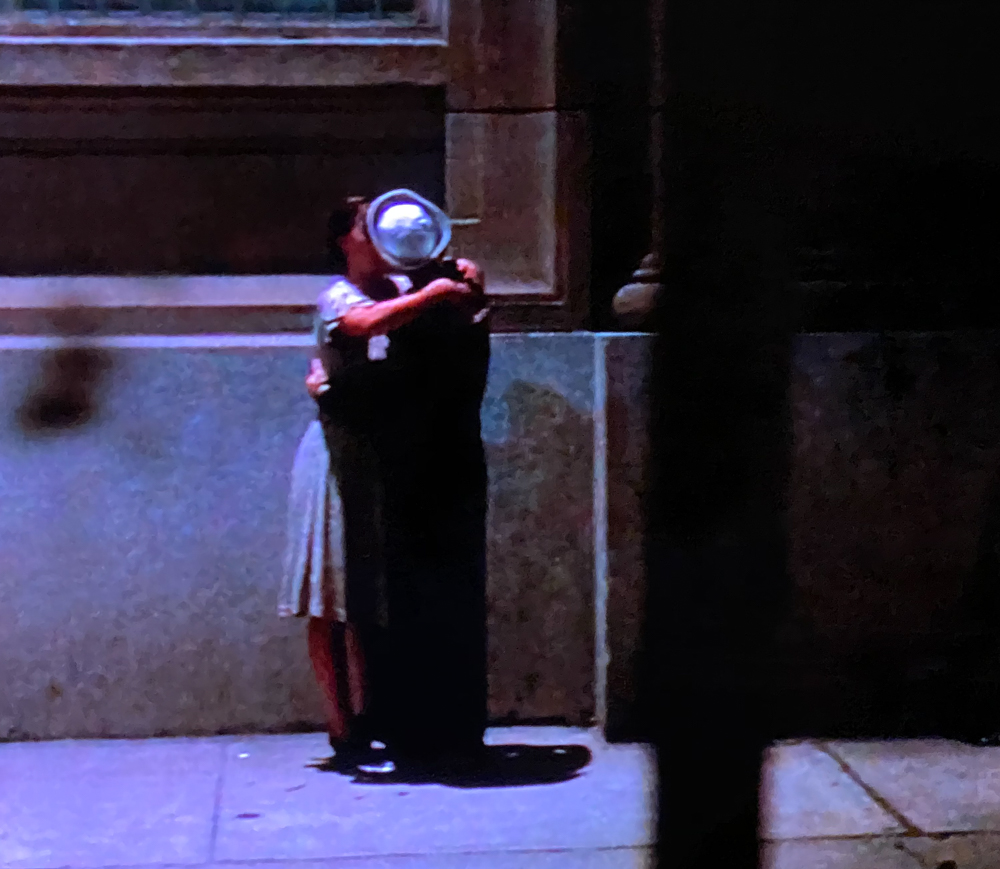
More of the same.
Recommended to all photographers and movie lovers who are willing to overlook the movie’s shortcomings.
As for Weegee, he was quite probably the worst photographer to ever take a breath, but then it was shock not art that was his stock in trade. He did once take a really great photograph, and it is this he is remembered by:
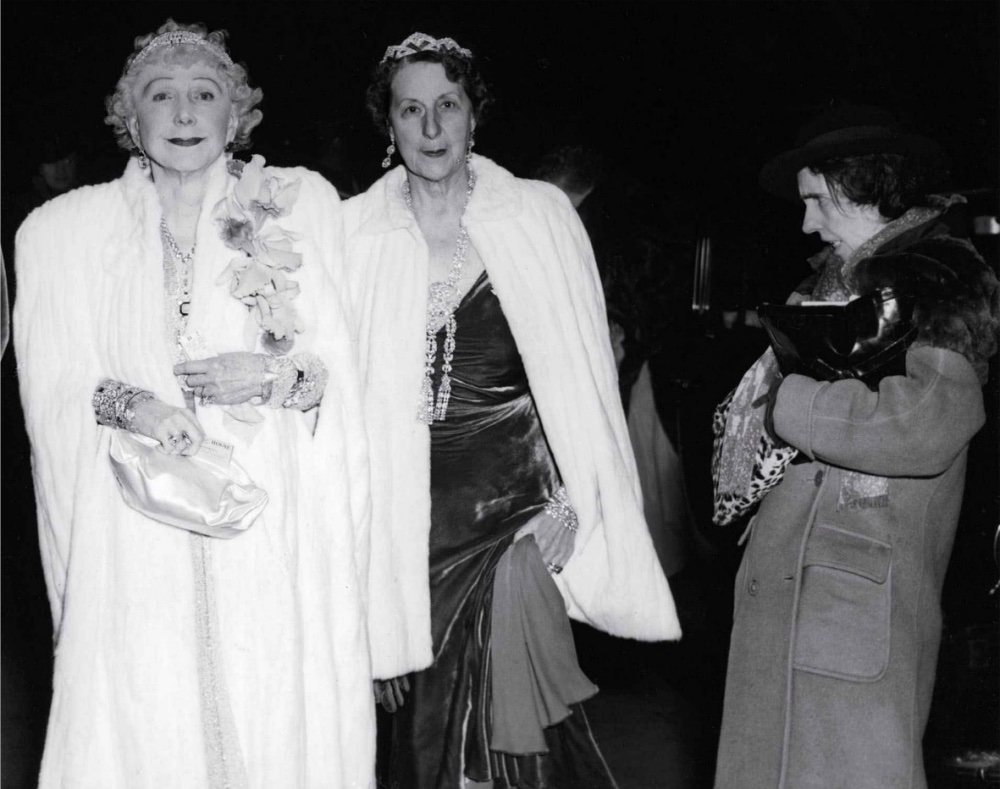
Weegee’s ‘The Critic’, 1943.
And like Doisneau’s ‘The Kiss’, it was carefully posed. And, like with his mainstream work, the picture shows nothing but corpses.

